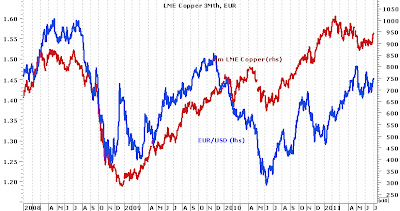Last week we wrote, there were indications that gold might consolidate. However, this was not the case. Gold already rose to a new record high on Monday. The reason was that both parties in the US
At the time of writing this blog article, ABC has reported that both have reached a last minute compromise. The fundamental opposition of the Tea Party supporters has indeed elevated the risk that no compromise might be found to lift the debt ceiling right in time. However, on the other hand, financial and commodity markets also appear not to understand the rules of political bargaining. If a subject is treated rather emotional and less rational, like the public debt, then agreeing on a compromise too early could backfire. Political leaders could be criticized by there own supporters as being too soft to the other side. And given the deep rift within the Republican Party, Mr. Boehner, could not accept a compromise before the last minute.
According to the unconfirmed ABC report, the debt ceiling would be lifted beyond the presidential election in 2012 and more than 1 trillion US dollar budget cuts should be implemented over the next 10 years. Lifting the debt ceiling beyond the 2012 presidential election as demanded by president Obahma should be a time span long enough to calm financial markets. The stock market might rebound after suffering last week on fears of a possible default of the US Treasury. If economic data released during the coming week is not preventing a recovery of the stock markets, then money might flow back into risky assets. However, this time gold is probably not profiting from flows into risky assets. Investors might take profit on some of the gold bought since the start of July.
However, gold had not only been bought as a safe haven because investors feared a possible default of the US Treasury. A main reason was also the debt crisis in the eurozone and the threat of a contagion to Italy Germany Italy
As Germany




